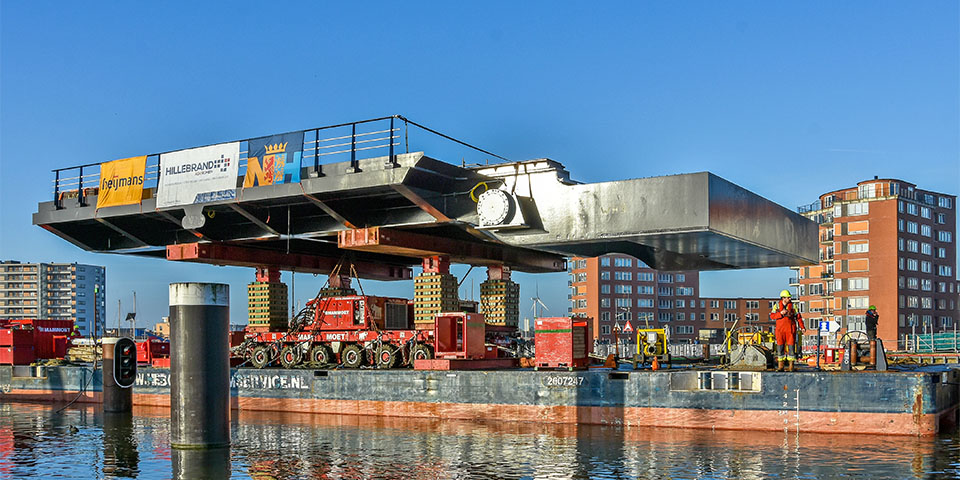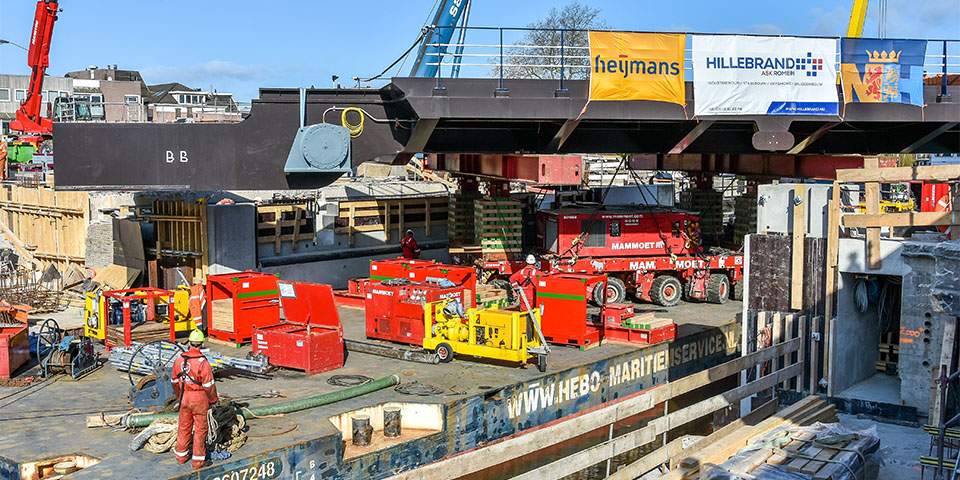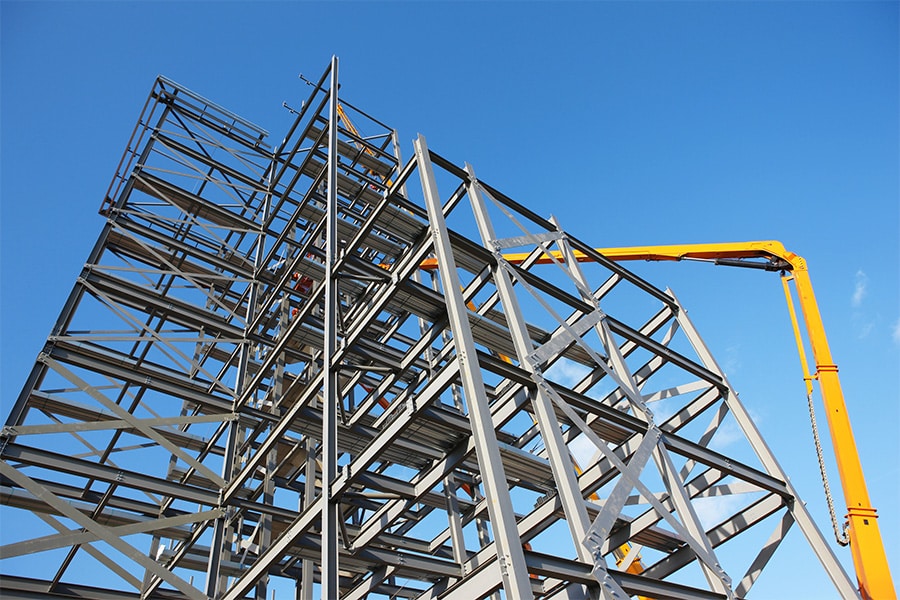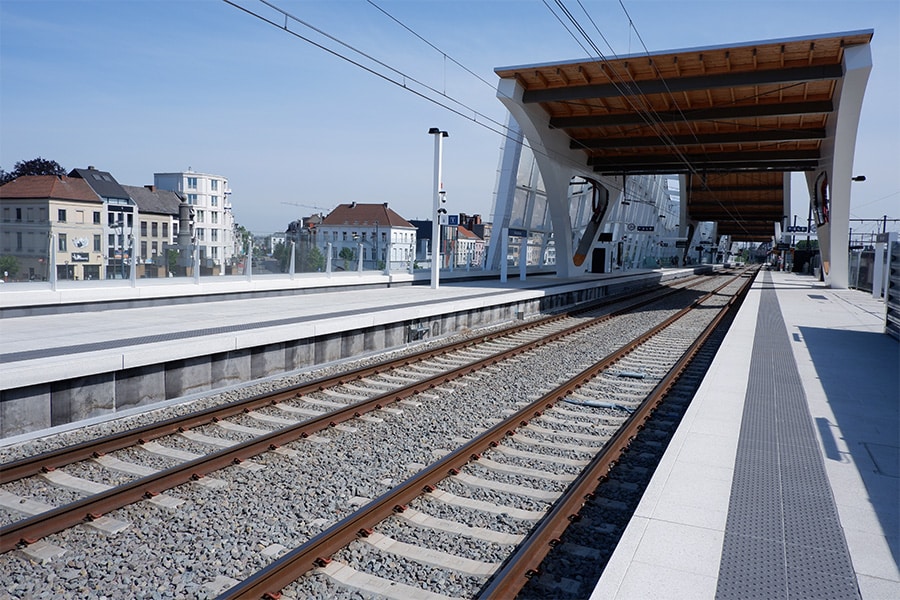
Zaandam, Wilhelminasluis | A piece of Zaandam is back!
With the entering of the Wilhelmina Bridge and Beatrix Bridge, two major milestones of the Wilhelmina Lock Zaandam project have been completed. The Wilhelmina Lock forms the most important junction of roads and water in the heart of Zaandam. The lock in the Zaan was outdated, in poor structural and technical condition and no longer met today's requirements. Heijmans, in collaboration with bridge builder Hillebrand and others and commissioned by the province of North Holland, replaced the bowl lock with a new, modern lock for commercial and recreational shipping. The lock has been made longer, wider and deeper.
"From the very first moment, Hillebrand was involved in the design and execution choices for both the steel structure and the superstructure of the bridge, so that the most efficient result could be achieved," said Martijn Kuzee, project manager at Hillebrand in Middelburg. Hillebrand's knowledge and expertise in the field of bridge construction, combined with the constructive attitude of both Hillebrand and Heijmans and the positive interaction between both parties, were of great importance in this project.

The Wilhelmina Bridge at elevation, ready for assembly.
Smart planning ensures minimal gridlock
Kuzee: "Hillebrand was involved from A to Z in both the production of the movable bridge parts (the so-called traps) and the electromechanical drive system. The two traps - weighing 180 tons, 16 meters wide and 15 meters long - were completely prefabricated by Hillebrand in Middelburg. That is also where the railings and wear layer were installed." Although the construction is relatively simple, working with 180-ton parts is a challenging activity. "That's why we enlisted the help of our partner Mammoet," Kuzee continued. "This partner was also the party that used a roll-on/roll-off operation to load the heavy traps onto the pontoons and transport them 265 km away by water." By manufacturing everything in Middelburg and delivering it just-in-time in Zaandam, as little as possible had to be done on the construction site itself. Smart planning also ensured that the blockage of shipping and road traffic was as short as possible. Still, the installation of the traps was quite a spectacle," says Kuzee.

Halfway turning the bridge deck above the foundation.
Electromechanical drive
The electromechanical drive was also completely prefabricated by Hillebrand. "The most complex thing here was fitting the drive in the very limited space in the basement. Because the basement did not become any larger than before the renovation, but the standards of the drive were weighted down, it was quite a challenge to make it fit. But we managed to manufacture as slim a drive as possible. Heijmans in turn realized the thin concrete walls of the basement. Especially the setting and pouring of the anchors for the drive were a challenge for Heijmans: these were allowed to deviate by a maximum of one millimeter. This was successful with all the anchors: a fine piece of craftsmanship by the people of Heijmans and Hillebrand!"
Collaboration to be proud of
Every part of this project shows that ultimate cooperation is necessary to bring something to a successful conclusion. Kuzee confirms that this is the case: "The cooperation with Heijmans is very pleasant, with mutual respect for each other's interests. We know each other well, we often work together on projects and we know exactly what we can gain from each other. And that applies just as much to the cooperation with Mammoet." Just a little longer and then everything will be finished and the Zaan will be moving forward again.



